Our History
Since opening its doors for the first time on September 24, 1964, the Community College of Rhode Island has created a strong foundation as the state’s only associate degree-granting institution serving all Rhode Islanders with an affordable, high-quality education.

60th Anniversary
Since opening its doors for the first time on September 24, 1964, the Community College of Rhode Island has created a strong foundation as the state’s only associate degree-granting institution serving all Rhode Islanders with an affordable, high-quality education.
Now, 60 years later, CCRI continues to meet the wide-ranging educational needs of our diverse student population with more than 90 degree programs, seamless transfer opportunities, and professional and personal growth through an array of academic, career, and lifelong learning programs. CCRI enrolls nearly 18,000 students in credit-bearing degree and certificate programs and an additional 8,500 in workforce development programs and adult education courses annually, providing flexibility with online, hybrid, and in-person options in addition to four campuses throughout the state.
Our History
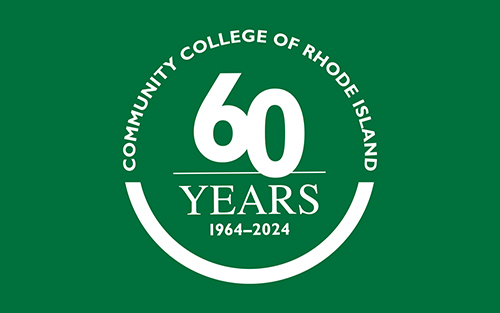
October 5, 1960
Edwin F. Hallenbeck submits “A Plan for implementing the Establishment of Community Colleges in Rhode Island” to the Board of Trustees of State Colleges, which served as the blueprint for Rhode Island Junior College.

November 1962
The Board of Trustees of State Colleges authorizes the establishment of the first state-operated junior college at the University of Rhode Island Extension Building in Providence.
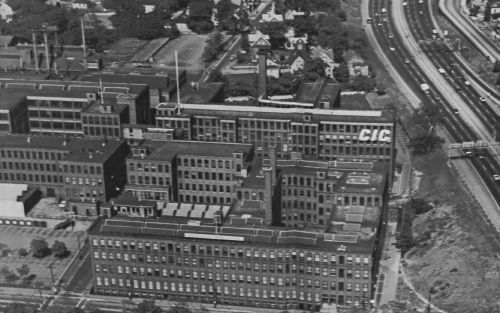
September 24, 1964
Rhode Island Junior College opens its doors for registration and orientation on Promenade Street in Providence (temporary location).
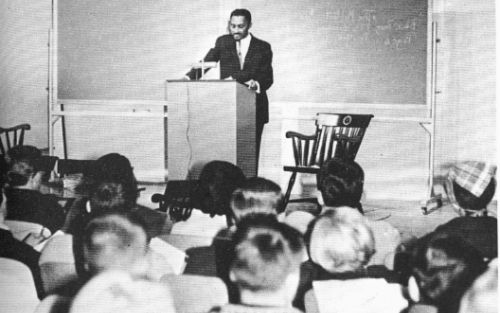
September 28, 1964
Classes begin.
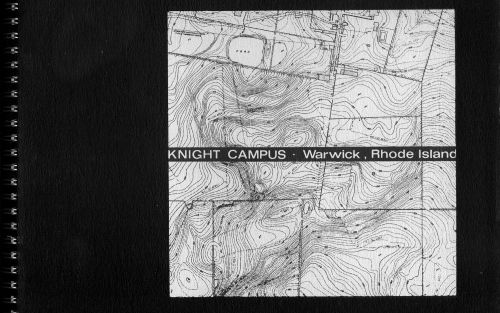
October 7, 1965
Royal Webster Knight gifts 80 acres to Rhode Island Junior College to serve as the first permanent site of the community college in Warwick.

Fall 1965
RIJC leases the 4th floor of the Brown and Sharpe factory building for more classrooms, offices, temporary library, and studying space.
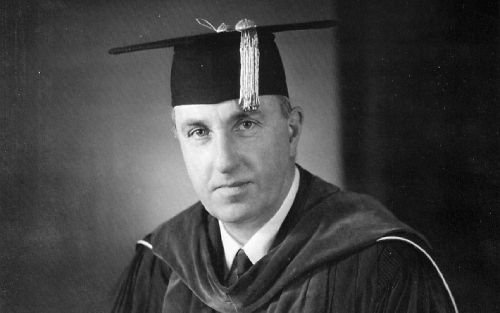
December 9, 1965
William F. Flanagan is inaugurated as the college’s first president.
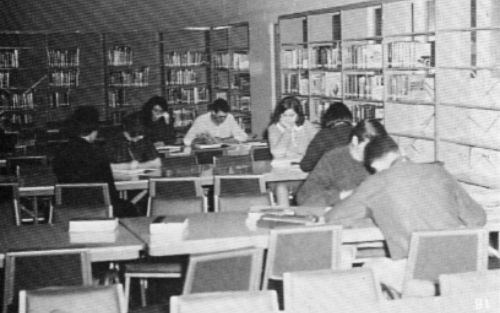
1966-1967
RIJC leases the 3rd floor of the Brown and Sharpe factory building for more classrooms, expanded library, bookstore, and student center.
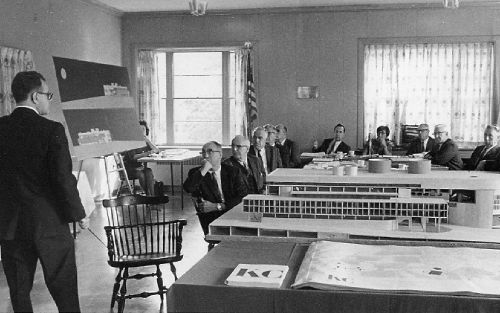
May 1966
Master plan for first permanent site presented to the Board of Trustees, the Council on Postsecondary Education, state officials, and the public.
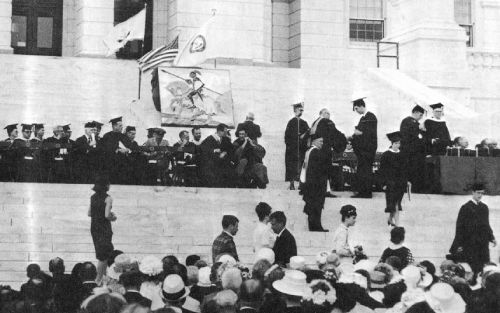
June 5, 1966
The college holds its first commencement exercises where 187 students were awarded associates of arts degrees.
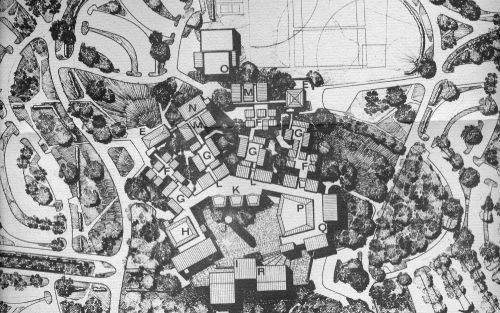
January 1967
Design for new campus officially approved by the Board of Trustees.

November 17, 1967
Groundbreaking ceremony for Knight campus.
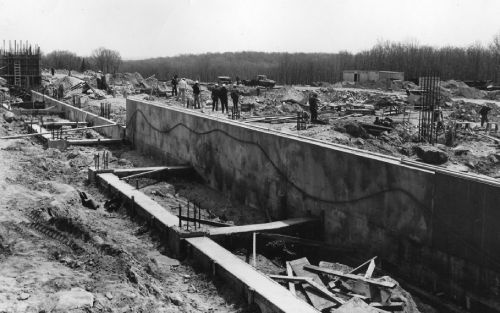
January 1969
Construction begins.

June 1969
Blackstone Valley Campus master plan unveil.
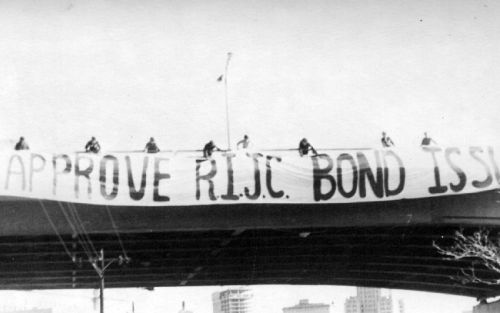
November 3, 1970
Rhode Island voters approve $12,250,000 bond for construction of Blackstone Valley Campus and preliminary planning of Newport campus.

September 1972
Knight Campus opens for classes.

February 12, 1973
Dedication ceremony for the RIJC Knight Campus.
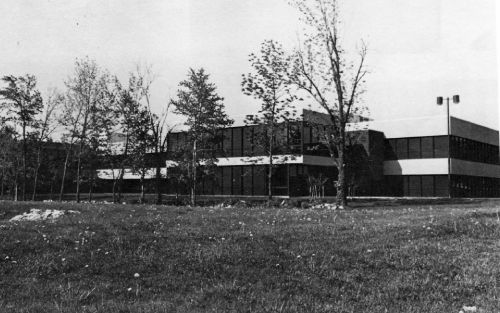
Summer 1974
Construction begins on Blackstone Valley Campus.
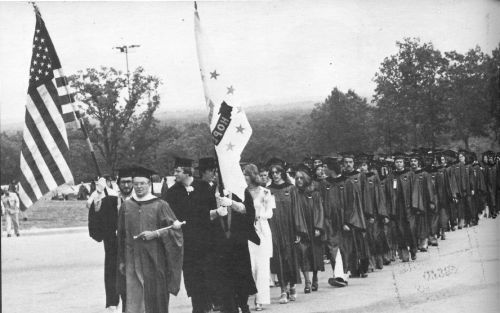
June 6, 1976
RIJC 10th commencement.
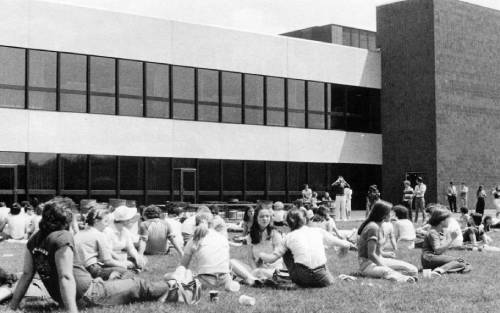
September 1976
Blackstone Valley Campus opens.

1978
William Flanagan retires; Blackstone Valley Campus renamed Flanagan campus.
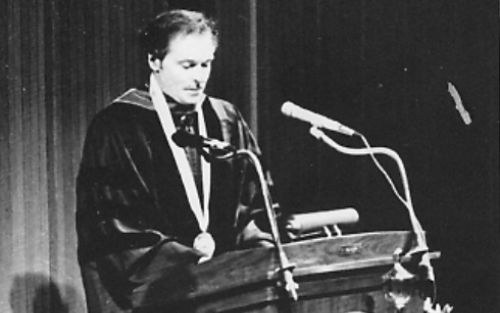
April 1, 1979
Edward J. Liston inaugurated as second president.

June 26, 1980
Board of Regents votes to unanimously change the name of RIJC to CCRI.

September 1990
Providence campus opens.

October 1994
CCRI Foundation establishes CCRI Hall of Fame to honor individuals who have made substantial contributions to the mission and evolution of the college.

1995
Observatory named after retired Physics professor Margaret M. Jacoby.

1999
The Society of the Knights Outstanding Alumni Awards were established as a means of recognizing alumni.
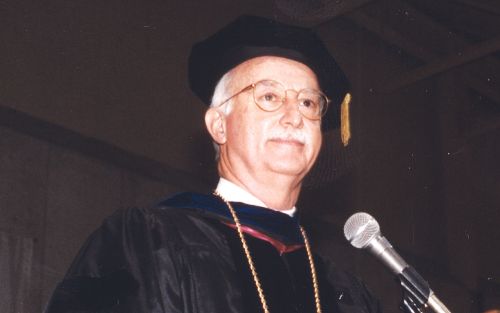
2000
Tom Sepe served as CCRI’s third president from 2000 to 2006.
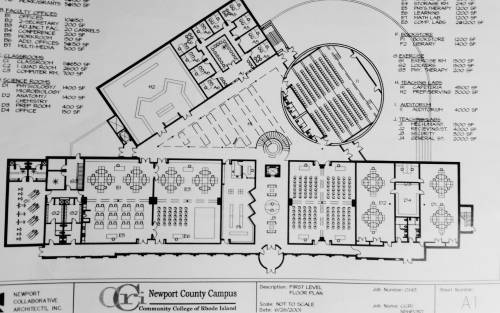
September 2005
CCRI opens its fourth main campus on Aquidneck Island. The Newport County Campus serves the southern portion of Rhode Island as well as the East Bay.
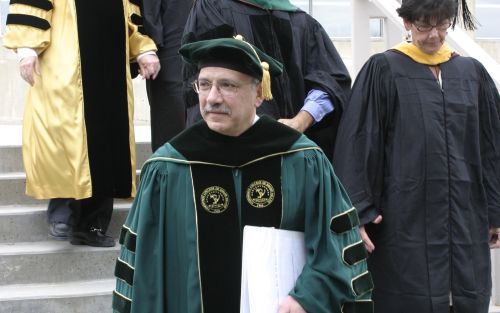
March 23, 2007
Ray Di Pasquale is inaugurated as CCRI’s fourth president.

2008
CCRI launches its first Capital Campaign. The Imagine campaign raised more than $5 million and the monies were used toward much-needed renovations at the college’s older campuses.

Spring 2013
The newly refurbished Bobby Hackett Theater at the Knight Campus reopens.

2015
Presidential portraits revealed.
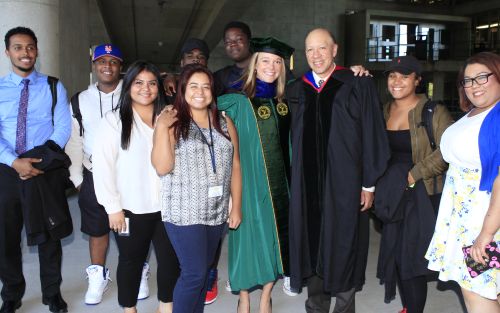
September 15, 2016
Meghan Hughes is inaugurated as the College’s fifth President.

2016-2018
first RI Promise cohort.

June 2017
1st Annual Raising Opportunities fundraising event.

Spring 2018
2nd Annual Raising Opportunities fundraising event.

May 17, 2018
Commencement is held at The Dunk for the first time.

December 9, 2019
The Community College of Rhode Island was named the nation’s “2-Year College of the Year” by Education Dive: Higher Ed, a leading industry news publisher.

March 11, 2020
President Hughes announces an extension to Spring break and all classes moving to remote format until April 3 due to the Coronavirus pandemic.

March 23, 2020
President Hughes announces that the rest of the semester will be remote-learning and commencement is cancelled.
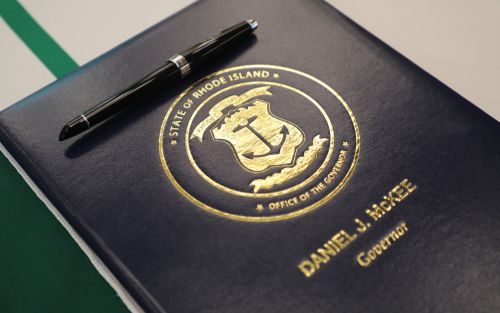
May 28, 2021
Governor Daniel McKee signs RI Promise into law.

Fall 2021
Classes return to mostly in-person since start of pandemic.

Spring 2022
CCRI earned military-friendly designation.

May 12, 2022
Graduation returns to in-person for first time in 2 years.

Spring 2023
CCRI earns Hispanic-Serving Institution designation (HSI).

March 16, 2023
President Hughes announces her departure from CCRI. Dr. Rosemary Costigan is named as interim President while a nation-wide search is conducted.